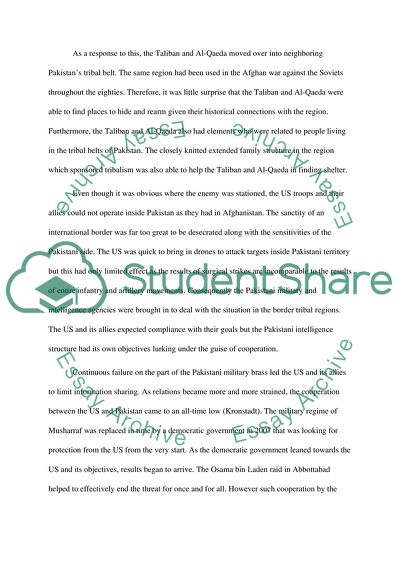Cite this document
(Memogate: Fact, Fiction And Political Lies Case Study, n.d.)
Memogate: Fact, Fiction And Political Lies Case Study. https://studentshare.org/politics/1770710-controversy-analysis-essay
Memogate: Fact, Fiction And Political Lies Case Study. https://studentshare.org/politics/1770710-controversy-analysis-essay
(Memogate: Fact, Fiction And Political Lies Case Study)
Memogate: Fact, Fiction And Political Lies Case Study. https://studentshare.org/politics/1770710-controversy-analysis-essay.
Memogate: Fact, Fiction And Political Lies Case Study. https://studentshare.org/politics/1770710-controversy-analysis-essay.
“Memogate: Fact, Fiction And Political Lies Case Study”. https://studentshare.org/politics/1770710-controversy-analysis-essay.


